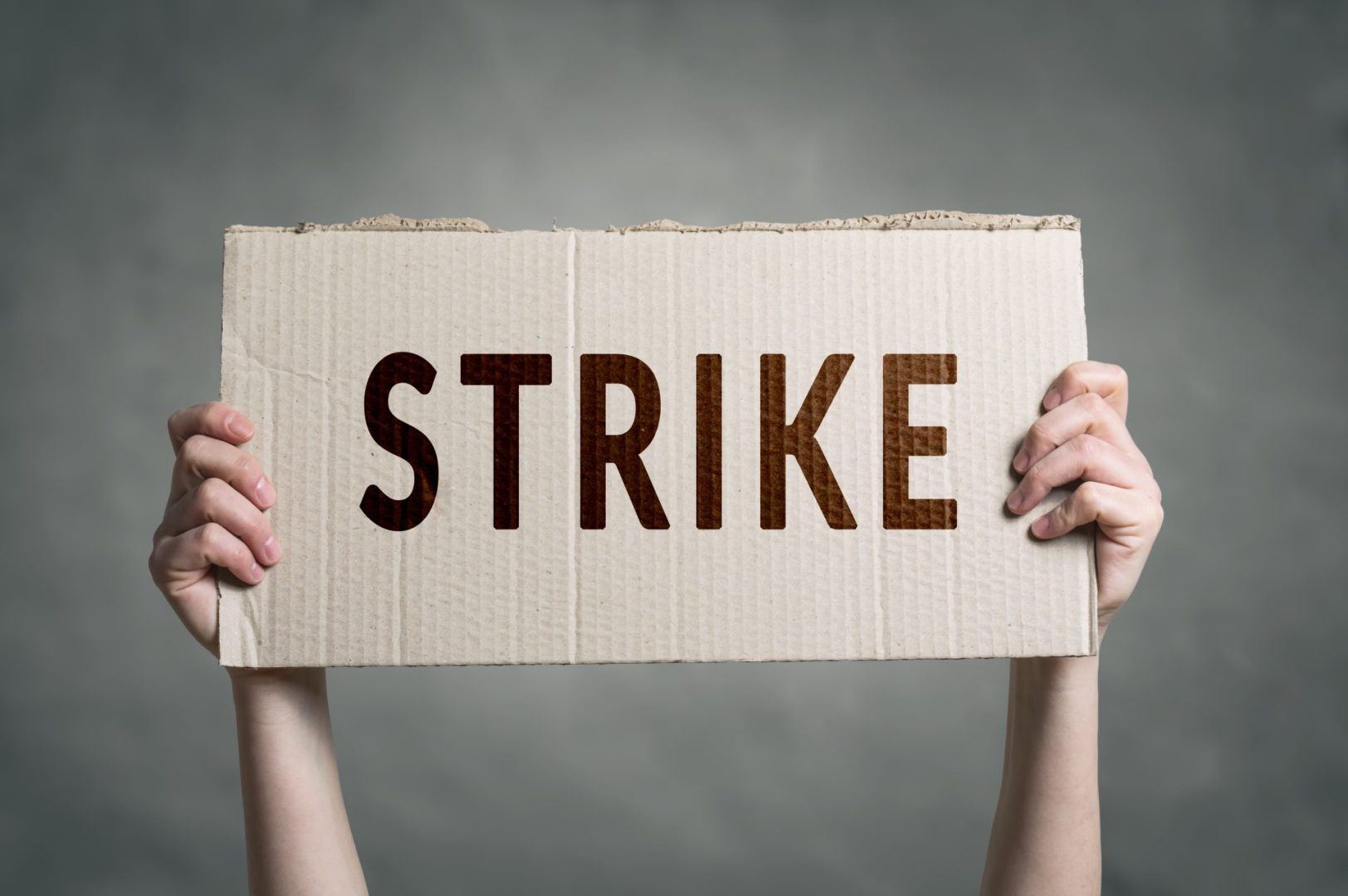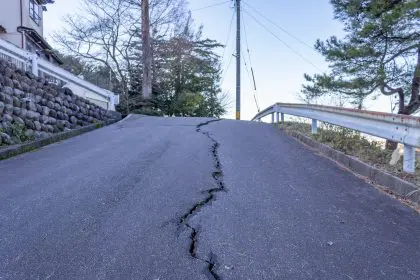Philadelphia residents woke up Tuesday morning to a city transformed by labor action, as thousands of municipal workers walked off their jobs in a strike that immediately disrupted essential services across America’s sixth-largest city. The work stoppage affects everything from emergency dispatch operations to trash collection, creating challenges that will ripple through daily life for more than 1.5 million residents.
The strike represents the first major labor action by city workers in Philadelphia since 1986, when a similar walkout left mountains of garbage piling up on streets for an entire week. This time, city officials insist they’re better prepared, but the scope of affected services suggests residents should brace for significant disruptions in the coming days.
The timing couldn’t be more challenging, as the strike began just as the July 4th holiday weekend approaches, when the city typically sees increased activity from tourists and residents celebrating Independence Day. The disruption threatens to impact everything from routine city services to emergency response capabilities during one of Philadelphia’s busiest periods.
The strike’s immediate impact on daily life
The work stoppage affects approximately 9,000 municipal employees represented by AFSCME District Council 33, creating gaps in services that touch nearly every aspect of city operations. Emergency dispatch services face critical staffing shortages, potentially delaying response times for police, fire, and medical emergencies throughout the metropolitan area.
Trash collection services have ground to a halt, meaning garbage that would normally be picked up this week will remain on streets indefinitely. City officials have announced alternative collection plans, but the effectiveness of these measures remains uncertain as the strike continues.
Water department operations face significant disruptions, though essential services like water supply remain operational. However, non-emergency repairs and maintenance work may be delayed, potentially affecting water quality and infrastructure reliability in some neighborhoods.
Airport operations at Philadelphia International Airport also face staffing challenges, as union members who work in various airport functions have joined the strike. While commercial flights continue operating, passengers may experience delays in ground services and other airport amenities.
The breakdown in negotiations
Contract talks between the city and union representatives had been ongoing for several months before reaching the July 1 deadline. The final hours of negotiations stretched late into Monday evening, with both sides working desperately to avoid the strike that everyone knew would create hardship for residents.
Union representatives walked out of City Hall negotiations just before noon on Monday, signaling that talks had reached an impasse. However, Mayor Cherelle Parker’s administration convinced union leaders to return to the bargaining table later that day, extending discussions until nearly midnight.
Despite the extended negotiations, fundamental disagreements over wages, job security, and health benefits prevented any last-minute agreement. Union leaders have indicated that while they remain open to continued talks, they felt compelled to begin the strike to demonstrate the seriousness of their demands.
The union’s decision to strike wasn’t made lightly, as members voted to authorize the action on June 12, giving negotiators nearly three weeks to reach an agreement. The lengthy authorization period demonstrates that workers hoped to avoid the disruption but felt their concerns weren’t being adequately addressed.
What workers are demanding
AFSCME District Council 33 represents workers in some of the city’s most essential but often overlooked positions. These employees handle sanitation, water system maintenance, emergency dispatch, street repairs, and numerous other functions that keep Philadelphia operating smoothly.
Union leaders have emphasized that their demands center on fair compensation that reflects the essential nature of their work and the rising cost of living in the Philadelphia area. Many of these workers have seen their purchasing power erode over recent years as inflation has outpaced wage increases.
Job security represents another major concern, as workers worry about potential layoffs or privatization of city services. The union wants stronger protections against outsourcing and guarantees that current employees will have stable employment as the city’s needs evolve.
Health benefits have become increasingly expensive for workers and their families, with many union members struggling to afford adequate coverage. The union seeks more substantial employer contributions to health insurance and improved benefits packages that provide real security for workers facing medical emergencies.
The city’s response and preparations
Mayor Parker has positioned her administration as ready to handle the strike’s challenges while continuing to negotiate in good faith with union representatives. She has emphasized that the city proposed what she characterized as the largest pay increase offer to District Council 33 in more than three decades.
The mayor’s offer includes a pay raise of more than 12% over the contract term, representing a significant investment in the city workforce. However, union leaders have indicated that wages represent just one part of their concerns, with job security and benefits remaining unresolved issues.
City emergency management officials have activated contingency plans designed to maintain essential services during the strike. These plans include reassigning non-union employees to critical functions and potentially contracting with private companies for some services.
The administration has also been working to communicate with residents about which services will be affected and how the city plans to minimize disruptions. Public information campaigns have been launched to help residents understand alternative procedures for accessing city services during the strike.
Historical context and precedent
The 1986 strike provides a sobering precedent for what Philadelphia residents might expect in the coming days. That earlier work stoppage lasted one week and created significant public health concerns as garbage accumulated on city streets, attracting rats and creating unsanitary conditions.
During the 1986 strike, city officials struggled to maintain basic services, and public opinion gradually shifted against the striking workers as daily life became increasingly difficult. The eventual resolution came only after both sides recognized that the disruption was becoming unsustainable for everyone involved.
However, the current situation differs in several important ways from the 1986 strike. The city has more sophisticated contingency planning and communication systems, potentially allowing for better management of service disruptions and public information.
Additionally, the economic and political landscape has changed significantly since 1986, with different attitudes toward labor relations and public sector unions. These changes may influence how quickly negotiations progress and what compromises both sides are willing to accept.
Impact on Philadelphia’s summer season
The strike’s timing during early July creates particular challenges for Philadelphia’s tourism and hospitality industries. The city typically sees increased visitor activity during the summer months, especially around Independence Day celebrations and related events.
Tourist attractions and businesses that depend on city services may face operational challenges that could affect visitor experiences. Reduced cleanliness in public areas, potential delays in emergency response, and disruptions to transportation services could all impact Philadelphia’s reputation as a destination city.
The economic impact extends beyond tourism, as businesses throughout the city rely on municipal services for their daily operations. Companies that depend on reliable water service, waste removal, and other city functions may face operational challenges that could affect productivity and profitability.
Local businesses have expressed concern about the strike’s duration and its potential impact on their operations during what should be a busy summer season. Many are developing contingency plans to minimize disruptions, but the uncertainty makes planning difficult.
Looking ahead to resolution
Both sides have indicated willingness to continue negotiations even as the strike continues, suggesting that the work stoppage may be relatively brief if productive talks resume quickly. However, the fundamental disagreements that led to the strike remain unresolved.
The pressure on both sides will likely intensify as the strike’s impact becomes more apparent to residents and businesses. Public opinion may play a crucial role in pushing negotiations toward resolution, especially if service disruptions become severe.
Political considerations also factor into the timeline for resolution, as Mayor Parker’s administration faces pressure to demonstrate effective leadership while also maintaining relationships with organized labor. The balance between these competing demands will influence negotiating strategies.
The strike’s resolution will likely require compromises from both sides, with the city possibly needing to increase its financial offer while the union may need to accept less than their initial demands. The challenge lies in finding a middle ground that addresses workers’ concerns while remaining fiscally responsible.


















